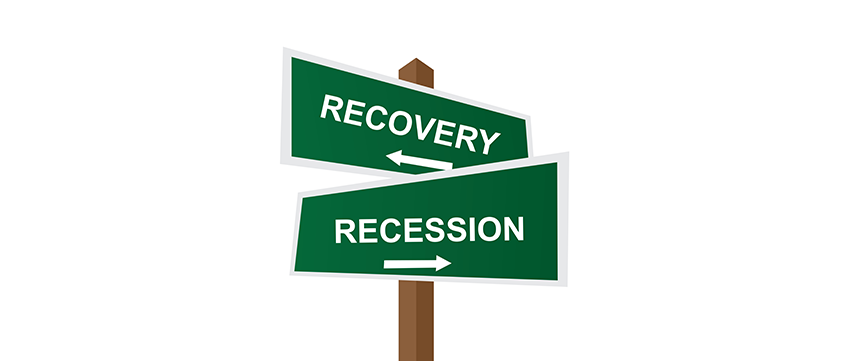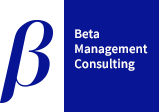
SERVING HOUSTONIANS AND SURROUNDING AREAS SINCE 2002
Geopolitical events, large and small, come and go. We’ve survived all of them, despite some sharp turns to the downside. The Middle East is ever-present, whether terrorism or oil prices are the issue. And, periodically, there’s the ongoing economically troubled countries of Europe -- Greece being a good example.
Currently the issue I hear most frequently, whether it’s front and center or in the background, is “When will the Federal Reserve (the Fed) raise rates” or "What factors will influence the Fed not to raise rates?" The primary concern surrounding this issue is the perception that a raise in rates will negatively affect the market. In the very short term this may occur as a result of pessimistic sentiment causing a sell-off. But given what raising the rate would signal - that employment is healthy and inflation must be kept at bay, I believe a rate increase would be good for the market once the pessimism subsided. Why? Because that raise will mean the U.S. economy is running under its own steam, without Fed help. And that is good for the stock market; because if the economy is doing well, companies’ earnings will grow, leading to increased employment. More people employed means more consumer spending and further growth in earnings, which is historically correlated with the market trending upward.
At this point a little history helps. Going back to 2009, the overwhelming fear was that the Fed’s lowering of rates to near zero to put cash on banks’ balance sheets would cause rampant inflation. But it did not, because banks were not about to lend money to anyone but the most credit worthy, not wanting to recreate the mistake they had just made. Added to that, consumers were too busy rebuilding their own balance sheets to borrow money. So despite low interest and banks' ballooning balance sheets, very little money went into circulation to be spent and re-spent (what economists call velocity) to cause inflation.
With the financial sector held in tact, consumers had enough confidence not only to spend after building up their savings, but to also gradually increase spending. Cosistent with that, companies scaled back to run at peak efficiencies. The result -- earnings increased -- and that drove the market to recovery, and eventually even gains above the high point reached prior to the crash in March 2009.
Essentially, what we’re seeing now with investors’ fear of rising rates is the mirror image of their fear in ’09, now that low rates are perceived as the new norm. The fear is still unwarranted. Given that scenario, think twice and think long-term before entering those sell orders in anticipation of the Fed raising rates.
For more commentary look to our pages: The 24/7 News-info Cycle and Your Investments and The Great Recession of 2007-2009.
An independent, fiduciary advisor and the full service of Charles Schwab... Because success is not a coincidence.

 Menu
Menu